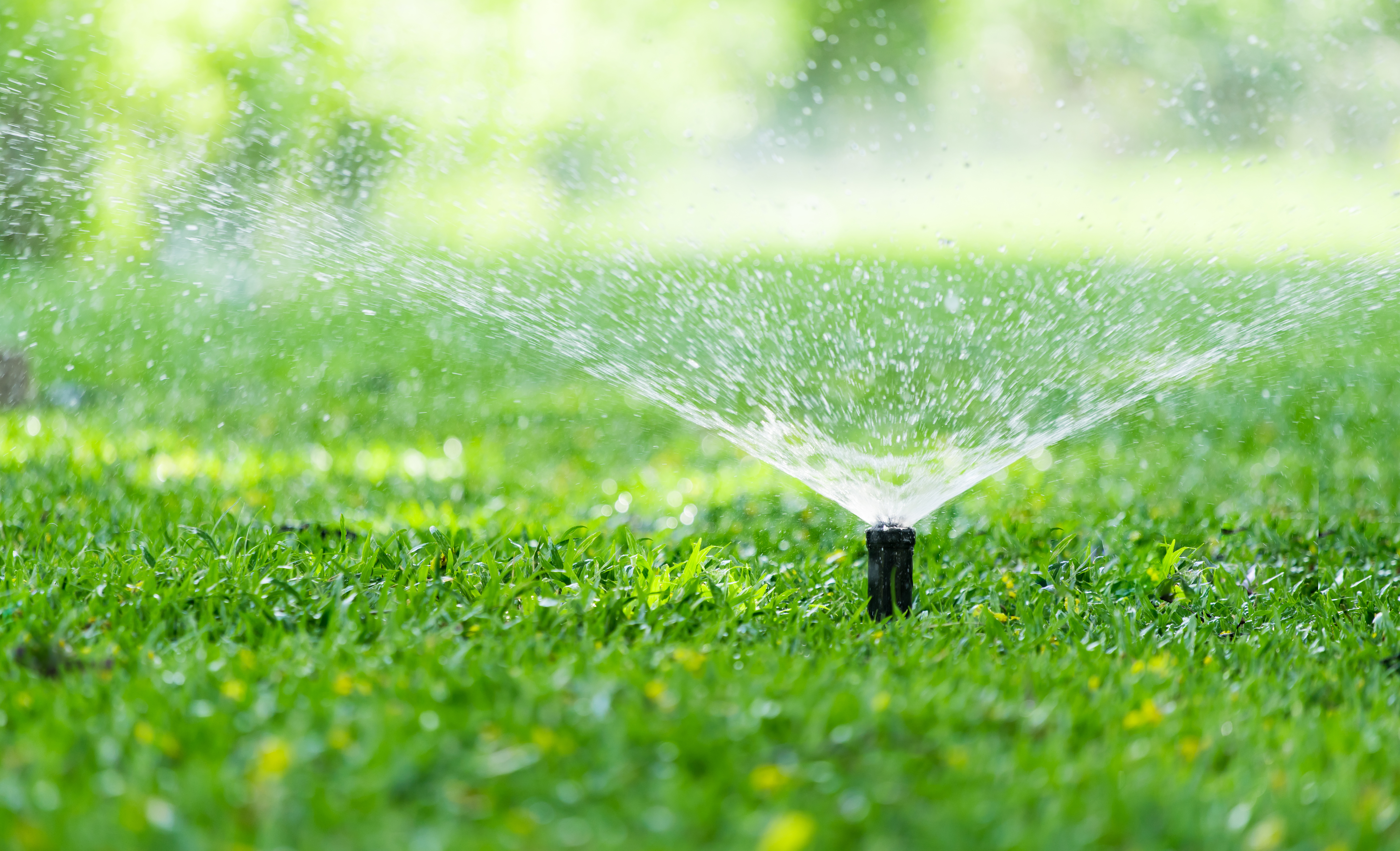(Part one of the “Don’t Forget It” Irrigation Series)
Precipitation rates, plant water requirements and soil types are extremely important, but commonly forgotten factors that apply to irrigation systems. Over the next couple months Jeffrey Knight, Ewing’s Director of Education Services, will explain the importance of applying each of these components to the construction of an irrigation system.
It’s raining. It’s pouring. It’s all about precipitation rates? The statement prior is true in the context of irrigation systems. Knight defines a precipitation rate as how much water falls on an area in a given amount of time. It is commonly stated in “inches per hour.”
“It’s like a rainfall,” Knight explained. “A high precipitation rate would be like a hard rain.” 
In order to create a perfect rain that doesn’t flood the landscape or deprive it of the proper amount of water, you must factor the precipitation rate in to your irrigation system.
“If you do not know the precipitation rate, it is impossible to calculate an accurate runtime,” Knight cautioned.
Often times this step is skipped during an irrigation installation, causing either wasted water from excess runoff or under watering that can cause plants to die.
Many cities determine set time requirements that dictate how long people living inside city limits can water. Calculating a precipitation rate will help determine how much irrigation time is needed, allowing you to set the system up to meet those requirements.
It can also help you determine the nozzle size, head spacing and runtime for the system.
To avoid creating an unnecessary lake in a city park or letting sweet, grandma Betty’s daffodils die a slow death from lack of proper hydration, use these formulas to factor in precipitation rates to your overall runtime.
The following formulas can be used to determine the precipitation rate for a single sprinkler head.
Here’s an example of what happens when precipitation rates are not factored in to the total runtime.
To achieve the perfect rain, you have to know your precipitation rates. Applying this step to your irrigation design process will make a difference in both what your finished product can produce, and your customer’s satisfaction.
What kind of experiences have you had with irrigation systems and precipitation rates? Share below!





